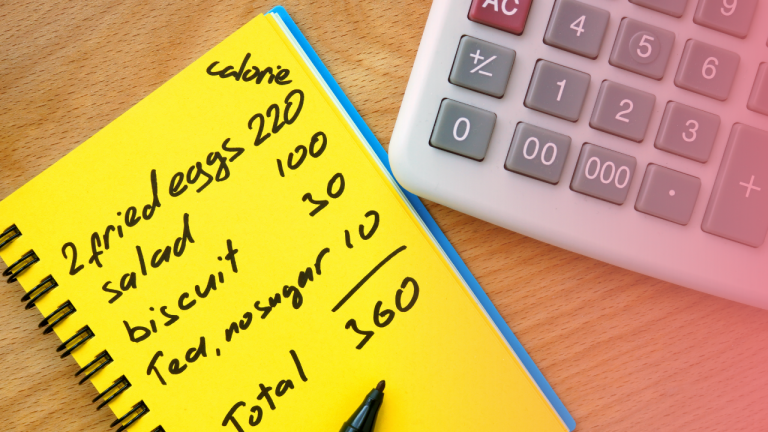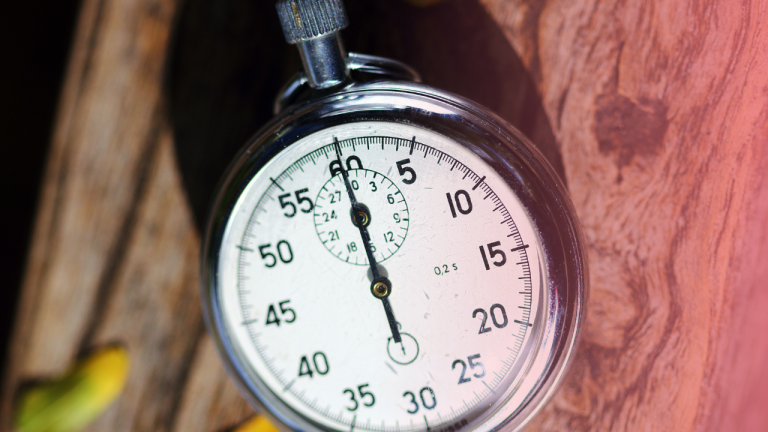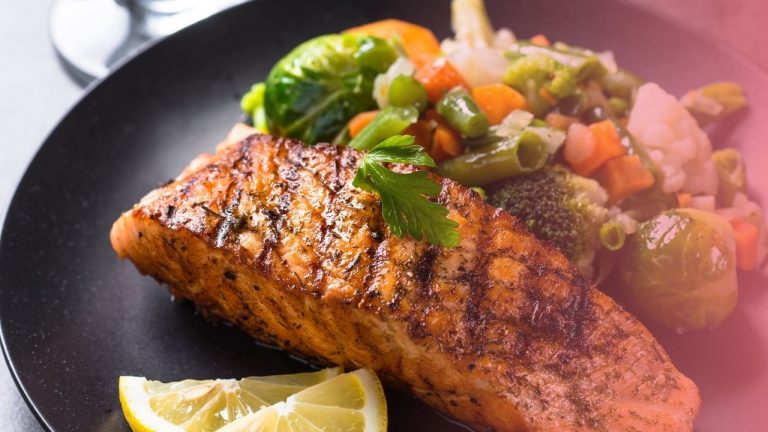What are Macros and How Do I Count Them? A Guide to Healthy Eating
If you’re looking to start eating healthier, you’ve probably heard the term “macros” thrown around a lot. What are macros, exactly? And how do you count them? In this blog post, we’ll answer those questions and give you some tips for counting macros and creating a healthy diet.
What are macros and what do they do for your body?
Macros are macronutrients, which are nutrients that the body needs in large amounts. There are three macros: carbohydrates, proteins, and fats.

Carbohydrates are the body’s main source of energy and they are found in foods like bread, rice, pasta, fruits, and vegetables.
Proteins are needed for the body to build and repair tissues. They are found in meats, poultry, fish, eggs, and dairy products.
Fats are needed for the body to absorb vitamins and they help protect the organs. Fats are found in oils, butter, nuts, and seeds.
To be healthy, it is important to eat a balance of all three macros. The amount of each macro that you need depends on your age, sex, and activity level.
If you are trying to lose weight, you may want to eat fewer carbs and more protein. If you are trying to gain muscle, you may want to eat more protein and fewer fats
How to count macros?
Counting macros can help you make sure that you are getting the right amount of each nutrient. It can also help you lose weight or gain muscle.
To count macros, you will need to know how many calories you should be eating and what percentage of those calories should come from each macro.
You can use an online calculator to find out how many calories you need. Once you know that, you can use the following percentages to figure out how many grams of each macro you should be eating:
Carbohydrates: 50-65%
Proteins: 15-35%
Fats: 20-35%

For example, if you need 2000 calories a day and you want to eat 50% carbs, that would be 1000 calories from carbs.
There are four calories in one gram of carbohydrate, so you would need to eat 250 grams of carbs per day.
You can use this same method to figure out how many grams of protein and fat you should be eating.
Once you know how many grams of each macro you should be eating, you can start tracking what you eat.
There are a few different ways to do this. You can use an app like MyFitnessPal or Cronometer, or you can keep a food journal.

Whichever method you choose, make sure to track everything you eat and drink, including any snacks or drinks.
You will also need to weigh or measure your food so that you can track how many grams you are eating.
Once you have a few days of data, you can start to see patterns in your eating.
You may find that you are not getting enough of one macro or that you are eating too much of another.
If you are not getting enough of a certain nutrient, you may need to eat more foods that contain that nutrient.
Sample meal plan with macro counts
Here’s a sample meal plan with macro counts to give you an idea of how this might look in real life. Keep in mind, these are just estimates and will vary depending on the specific foods you choose.
Breakfast:
Egg whites and spinach omelet: 22g protein, 0.75g fat, 0.75g carbs
Green smoothie: 15g protein, 0.75g fat, 12g carbs

Lunch:
Chicken salad: 30g protein, 15g fat, 20g carbs
Quinoa and roasted vegetables: 21g protein, 11g fat, 36g carbs

Dinner:
Grilled salmon: 35g protein, 13g fat, 0g carbs
Asparagus and sweet potato: 12g protein, 0.75g fat, 28g carbs

Snacks:
Greek yogurt with berries: 18g protein, 0.75g fat, 15g carbs
Protein shake: 30g protein, 0.75g fat, 0.75g carbs

As you can see, it’s possible to get a variety of nutrient-dense foods into your diet while still hit your macro goals. And remember, these are just estimates – so if you need to adjust your macros up or down based on your activity level or how you’re feeling, that’s totally normal!
Healthy eating on a budget is possible!
You can find healthy and affordable foods at your local grocery store. Just be sure to check the nutrition label to see how many calories, fat, carbs, and protein are in each serving.
If you’re trying to lose weight, you’ll want to focus on eating fewer calories than you burn each day. To do this, you’ll need to know how many calories you’re eating and how many calories you’re burning.
You can use a food journal or tracking app to help you track your macros.
Just remember, healthy eating is all about balance. You don’t have to deprive yourself of the foods you love. Just be sure to eat them in moderation and pair them with other nutrient-rich foods.
The best foods for each macronutrient are:
Protein: grilled chicken, fish, tofu, legumes, eggs
Fat: olive oil, nuts, and seeds, avocados
Carbohydrates: vegetables (especially leafy greens), fruits, whole grains like oats and quinoa
If you’re just starting out on your healthy eating journey, don’t feel like you need to completely restrict yourself. Just focus on adding more whole, unprocessed foods to your diet and making sure you’re getting a balance of all three macros at each meal. And remember, even if you slip up sometimes, that’s okay! Just get back on track at your next meal.
How to adjust your diet when you’re not losing weight?
If you’re not seeing results after a few weeks of tracking your macros, it’s time to re-evaluate. There are a few different things you can do:
- Increase your protein intake by 0.25 grams per pound of body weight.
- Decrease your fat intake by 0.25 grams per pound of body weight.
- Increase your carbs by 50-100 grams per day.
- Decrease your calories by 500 per day.
If you’re still not seeing results after a few weeks of making these adjustments, it’s time to talk to a registered dietitian or certified nutritionist who can help you create a more personalized plan.
Conclusion
Macros are an important part of any healthy diet, but they’re not the be-all and end-all. It’s also important to make sure you’re eating a variety of nutrient-rich foods, staying hydrated, and getting enough sleep. If you’re doing all of those things and not seeing results, reach out for help from a professional. They can help you troubleshoot what might be going wrong and get you back on track to hitting your goals



